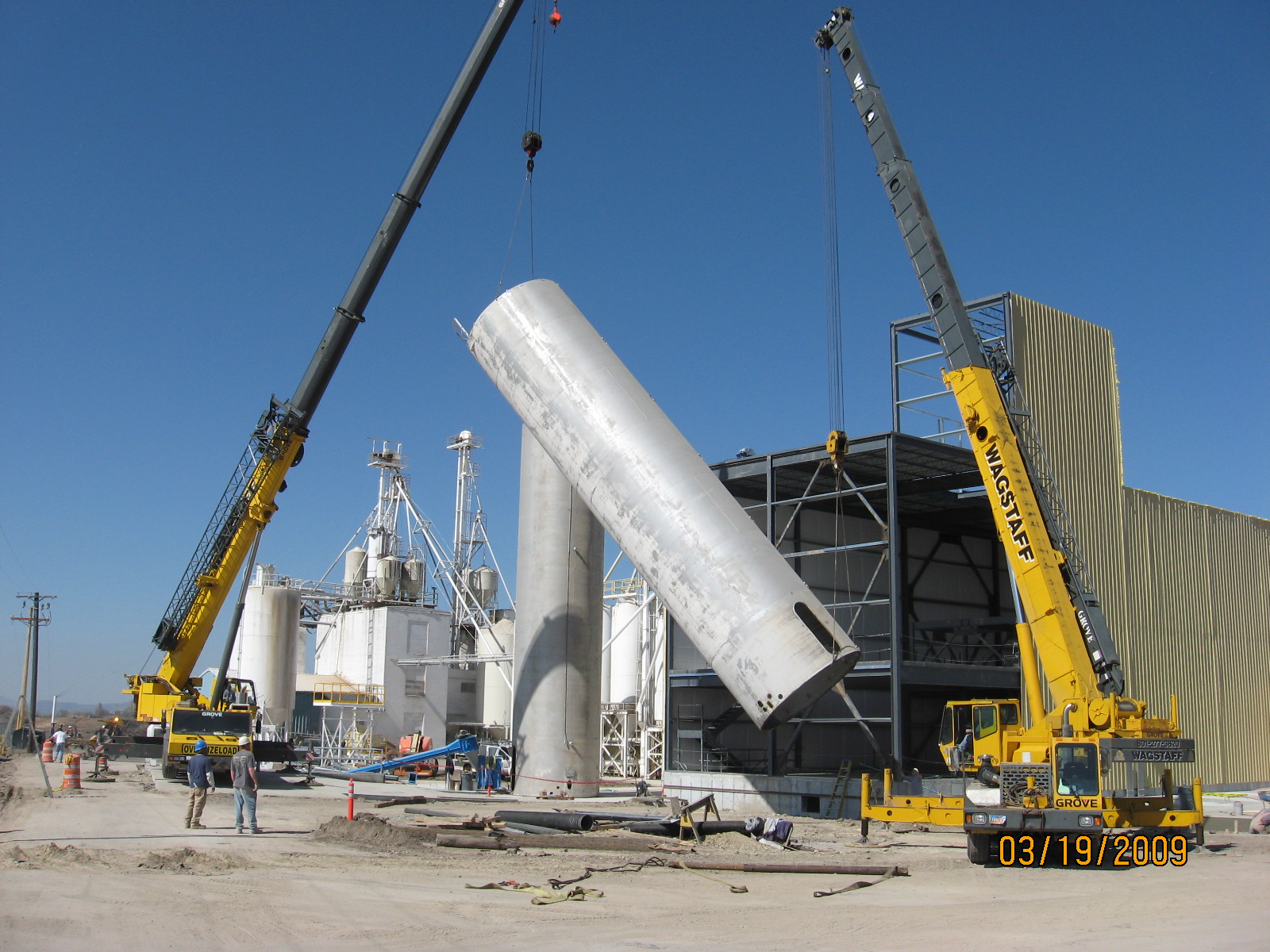When supplying feed to your livestock, you’ll need to choose between two types of feed mills: hammer mills and roller mills. Both types of milling come with their fair share of pros and cons and making the right decision for your business all depends on the types of animals you’re raising. Different animals require certain types of feed for optimal conversion. For example, cows have large, complicated digestive systems, which means they require coarser particles that are high in fiber. While pigs have much simpler digestive systems, which require finer particles, but if these particles are too fine, some animals may develop ulcers.
Learning more about the differences between these two types of mills will help you make the most of your animal feed. Let’s explore the unique relationship between hammer mills and roller mills.
HAMMER MILLS: PROS AND CONS
Hammer mills use collision force to break up the feed. As the feed enters the chamber, particles bounce off the hammer plates until they are fine enough to exit through the screen. Generally speaking, the faster the hammer tip speed, the finer the particles. Hammer mills generally have much higher throughput rates than roller mills, so you can produce more feed in less time. Thanks to their simple design, hammer mills are also considered easy to maintain. They can be used to produce various types of feed, so you can create the right type of feed particles for all your animals.
However, hammer mills tend to have wide particle distribution rates, which means your feed may vary in size and shape. They also tend to consume more power than roller mills, which can lead to performance issues, excess heat, friction, and even spontaneous explosions. You may need to invest in explosion protection when operating at high volumes.
ROLLER MILLS: PROS AND CONS
Unlike hammer mills, roller mills use compression to break up the feed. As the source material enters the chamber, it’s struck by two roller pads that break up the feed into finer particles. Roller mills come with narrower particle distribution rates, helping you control the size and shape of your feed. They also consume less power and produce less heat and friction than hammer mills.
Yet, you can’t use roller mills to grind up fiber. These machines also require a lot of capital upfront. They might have trouble breaking up larger particles, so you may need to break up your feed before putting it through the machine. Roller mills also tend to require a lot of maintenance, which can impact your bottom line.
COMBINING THE BEST OF BOTH WORLDS
There are clear differences between hammer mills and roller mills, but new milling technology is breaking down these barriers. If you’re looking for a universal feed mill that gives you more control over the size and shape of your feed without generating excess heat and friction, we recommend the Buhler Multi-Impact Hammer Mill. Unlike traditional hammer mills, it uses cutting plates to break up the feed as it enters the chamber, so particles don’t have to hit the hammers repeatedly before exiting through the screen. This reduces heat and friction, so you don’t have to worry about explosions and high maintenance costs.
If you need help finding the right type of feed mill for your business, contact the professionals at Halverson Company today!

